Xiaomi Smart Home is a complete closed-loop experience consisting of Xiaomi mobile phone, Xiaomi TV and Xiaomi router. It consists of intelligent hardware products of Xiaomi Ecological Chain Enterprise. At present, it has formed a product matrix such as the smart home network center Xiaomi router, the home security center small ant smart camera, the film and television entertainment center millet box, etc., which can easily realize the interconnection of smart devices, and provide the application experience of real home, simple operation and unlimited interconnection of smart home. Moreover, the very competitive price has also shaped Xiaomi's smart home into the “first affordable smart homeâ€.
Smart home is a residential platform, using integrated wiring technology, network communication technology, security technology, automatic control technology, audio and video technology to integrate home life related facilities, and build efficient management system for residential facilities and family schedules. Home safety, convenience, comfort, and artistry, and achieve an environmentally friendly and energy-saving living environment.
This article mainly introduces Xiaomi Smart Home, which analyzes the products released from Xiaomi Smart Home and the development direction of Xiaomi Smart Home and the system transformation of Xiaomi.
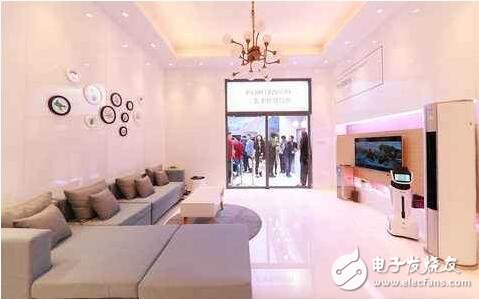
Xiaomi's smart home started in the second half of 2014. It belonged to the enterprise that entered the smart furniture field at that time. Because of its first-in-class advantage, it has achieved a little achievement. As of September 2016, Xiaomi's smart furniture has more than 40 million devices. As the equipment sold by Xiaomi is also more than 40 million units, it can be seen that the rate of Xiaomi smart home networking equipment is very high, indicating that the platform experience of Xiaomi is better.
When the smart home was just getting started, it was mainly oriented to the connection, that is, the smart home 1.0. At that time, the importance of the APP was very high. With the development of smart homes, rigid demand is getting stronger and stronger, and APP will slowly retreat to second place. But as of now, fast connection, equipment distribution network, equipment upgrade, intelligent scene configuration, remote monitoring, etc. still need APP, so APP is still difficult to be replaced, but Xiaomi also deeply understands that many users complain that the real The intelligence is not controlled by the APP. Xiaomi is currently more than 50 million APP activation users.
Smart devices are different from traditional devices in that smart devices must be networked and online. After many devices are sold to customers, the customers use them as ordinary devices. Although this intelligence has been done, it has not met the needs of customers. Xiaomi's daily life is relatively high. As of September 2016, there are 3.7 million to 5 million users. Daily activity refers to the interaction between the device and the cloud or interaction with the APP within one day.
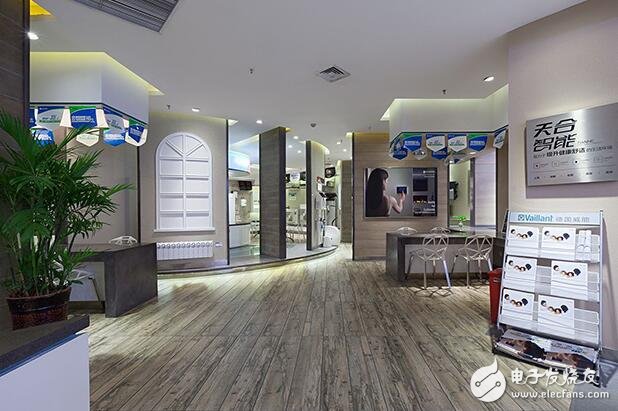
Xiaomi Smart Home includes the following four parts:
The first part is an open, interoperable and secure protocol, including the three-terminal protocol of the device, cloud and APP.
Xiaomi does not make products. Everyone sees Xiaomi's smart equipment and products sold online, including the official website, which is made by Xiaomi Investment's ecological chain company. What is an eco-chain company? It is Xiaomi who has a capital operation team. They will find new companies and invest a certain amount of capital, but 99% are not holding shares. These eco-chain companies make their own decisions. They have one thing in common is to access Xiaomi's smart home platform, but other aspects, such as product definition, product design, pricing, sales, etc., are their own decisions. With the development of eco-chain companies, they will go through multiple rounds of financing, and the proportion of Xiaomi's share will be lower and lower, and the right to speak will be less and less. However, when Xiaomi's early development was not too strict for brand management, some millet bracelets and millet purifiers were the brands of early millet management. Later, millet will be formalized in product brands.
In addition, it is the Xiaomi MIUI system. Now there are 200 million users, the user is sticky, and there is a certain preference for Xiaomi. They converted from Xiaomi mobile phone users to smart home users, and the conversion rate is very high. In addition, the explosive products ignite the market, they have their operational experience, they and the partners to create the explosives market, is to make the product's appearance, design, function, experience, pricing, cost-effective and other aspects are favored by users. These products are currently in short supply or very hot.
With the development of the Internet of Things or Smart Home 1.0 connectivity, the main task of 2.0 is to link. As more and more devices are connected at home, linkage becomes just what is needed. Xiaomi's first classic case of linkage in 2015 is that after you fall asleep, the bracelet monitors sleep data, announces sleep, and the air conditioner automatically turns off. This is a turning point of 1.0 to 2.0. Because 1.0 can't meet just needed, some people don't need to connect. The scene of 2.0 slowly becomes the user just needs, because after the sleep, the air conditioner is not easy to catch a cold. It can be seen that this experience satisfies the user's immediate needs.
Because millet has more than 40 million devices linked to each other, there can be linkages within a family or between different houses. For example, there are several houses. The distant house assumes that the door is opened, and the camera facing the door transmits the image. When you arrive at your home, your home TV can display remotely recorded videos. This kind of linkage will gradually become the dependence of everyone on the smart home.
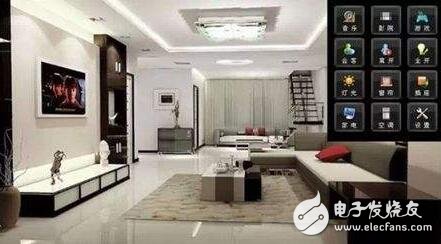
November 20, 2013 Xiaomi router officially released
On February 11, 2014, Vanke executives visited Xiaomi headquarters.
On April 24, 2014, China Resources Van Oak Smart Home Experience Center opened to the public
On May 15, 2014, Xiaomi TV 2 was officially released.
On October 10, 2014, 4 Xiaomi intelligent hardware released: small ant smart camera, Xiaomi smart socket, Yeelight smart light bulb, Xiaomi intelligent remote control center
On October 10, 2014, Shunwei Fund invested U+ International Youth Apartment
On October 23, 2014, Xiaomi Smart Home APP was officially launched.
On November 7, 2014, Xiaomi Smart Home and Nanjing Yincheng Real Estate reached a cooperation
Xiaomi Air Purifier officially released on December 09, 2014
On December 14, 2014, Xiaomi and Midea Group reached a strategic cooperation agreement and officially invested in traditional home appliance enterprises.
At the flagship conference of Xiaomi's annual exhibition on January 15, 2015, Xiaomi Smart Core debuted and established Xiaomi Smart Home's non-exclusive and non-exclusive cooperation attitude.
January 18, 2015 Xiaomi Smart Home Suite (Intelligent Gateway, Induction) officially released
On May 17, 2015, Xiaomi Smart Home and Zhengrong Group reached a cooperation, and the cooperation pilot project settled in Suzhou Happy City State Project.
On May 29, 2015, Xiaomi Smart Home and Chengdu Yanheng Real Estate reached a cooperation. Yanlord Binhewan International Community was the first high-end project in the country, and deployed Xiaomi Smart Home Products.
On June 26, 2015, Xiaomi Smart Home and Jindi Group reached a cooperation, 70% of the linkage, nearly 10,000 gold land owners across the country will use Xiaomi smart home series products
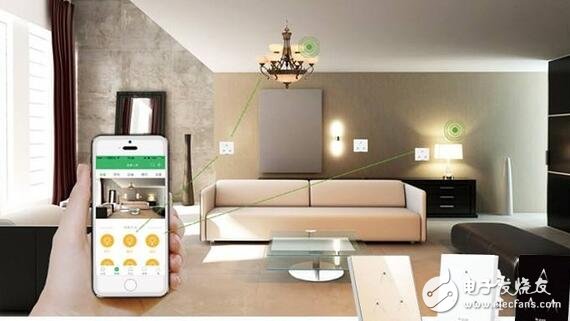
Xiaomi smart home is not bad, it is compared to smart home startups or industries, but for Xiaomi's planning, it is still far away, or whether Rebs tells the smart home story how tough. Let's take a look at some of the reasons:
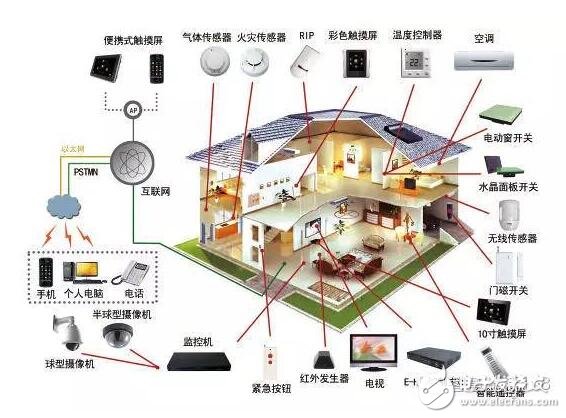
1, smart home more user experience lies in the linkage between the products and the scene, rather than the function of a single product, and for the installation and commissioning of the smart home system and software use, if the user completes their own independent purchase, it is still very difficult , affecting the user experience, and the post-sales problems of the later products are in line with the timely customer service, which are difficult to solve on a simple online. At the same time, user purchases are more fragmented and decentralized, which requires a better user experience. It is best to have a localized installation and commissioning after-sales team. Xiaomi's smart products are mainly done online, and because of the low price, it is difficult to distribute profits to the installed after-sales partners. This will affect the user experience of Xiaomi, which will affect the reputation of Xiaomi's smart products for a long time.
2. Most of the Xiaomi smart products or most of the smart home system products on the market are based on traditional and practical products, and the price is much higher than the price of traditional practical products, and the smart home system and intelligence Hardware control needs to be implemented through mobile phone control, which is very rare in the replacement of user habits. Many users purchase smart plugs and use them as normal plugs. For users, these practical smart products are more ribs, the demand for replacement is not strong, and the domestic economy is in the short-term L-type, users are very cautious about spending money. I would rather spend more money on products that are in strong demand, and I will reduce the money to buy products that seem to be relatively cheap and have less demand. At the same time, this is one of the reasons why the domestic cheap and good business is not doing well. Consumers are more cautious and rational, and are not willing to waste or buy impulsively. The same is true for e-commerce, so some e-commerce companies began to cooperate with the entity and open the offline experience store. Although Xiaomi has experienced offline stores, it is still selling mobile phones, tablets, TVs and peripheral products that are self-operated by Xiaomi. There are still few smart home products.
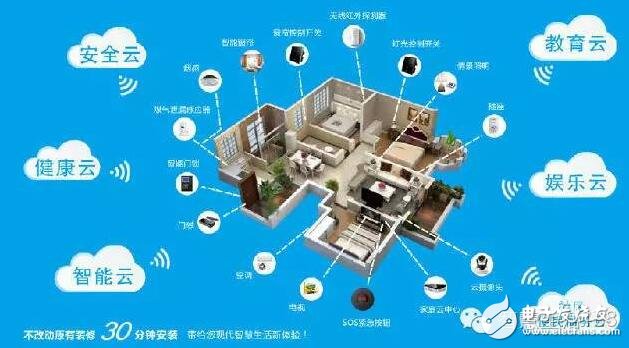
Many products have received large amounts of support through crowdfunding, and they are not necessarily real sales. Now more is the marketing public relations act. In fact, we know that crowdfunding is one-off and there is a brush. Sales of smart products need to be sold through e-commerce or offline, and have little to do with crowdfunding. However, some companies saw the huge amount of support from crowdfunding, and thought that there was a market and went to a fast cottage. As a result, the crowdfunding enterprise products were not sold out, the cottages were not sold out, and the price wars came out first. It’s amazing, giving the industry destroyed.
We know that the foundation of the cottage is based on the market foundation and the supply chain. Otherwise, the products are prone to quality problems or sales, but smart homes and smart hardware are difficult to have a certain market base. It is very difficult for the cottage or learners to have an emergency. I don't know how to start, and I go to participate in various trainings, interactions, and roadshows all day long. I am still confused and anxious. More often, we should first understand what is good at ourselves. Even if we can't create a big market, it is good to stick to a small market. Rather than some startups taking investment, they changed a different product line in a few months, made sockets to make speakers, and then did robots and VR. This is difficult to have different areas of research and development, and finally only funds. After the burnout, the layoffs died.
More entrepreneurs should first know what they are good at, what value they can create, and what kind of industry barriers they can make. This is the most important thing, then product planning and operations management.
3, smart home to focus on breaking out or breaking through, will break through the system with a single point of breakthrough, smart home needs explosive products to come out first. Just like when Apple's iPhone 4 came out, it subverted the feature phone and redefines the smartphone, which led to the development of the entire smartphone. iPhone4 redefines smartphones, not because of more powerful features, but because iPhone4 is integrated into life, allowing us to live a richer and more relaxed life, adding entertainment, video, games, music, movies, social and other functions, changing people's simple The way of making phone calls and texting makes people's life experience better, changes affect people's lifestyle, and at the same time lead more smart phone manufacturers to follow suit and promote the development of the industry. The success of Xiaomi's mobile phone is more attributed to the success of business model and marketing. Therefore, if basic research and development and follow-up innovation can't keep up, it may be surpassed by more competitive and R&D-based enterprises. Now Xiaomi mobile phone falls out of the fifth is playing An example of a face.
Similarly, smart homes need a combination of excellent research and development and breakthrough products to make people's lives have a better experience and improve people's lifestyles. Obviously, practical products can't do this. We can say who has the best socket brand and who has a good brand of lighting. But it is hard to say that this is a disruptive product, and it is difficult for people to associate him with the Apple mobile phone.
This product is unlikely to be an accessory and a practical product, but is more likely to be an interactive entertainment health product. Because we live at home, we are more concerned about entertainment, health and high quality of life. But what kind of high-interactivity products are, what do you do, and what kind of form and function exist? How to improve people's lifestyle and communication methods? This must be the direction, and this field is relatively fragmented. Many companies have opportunities, but ultimately they must look at comprehensive strength, brand capital, and talent management capabilities.
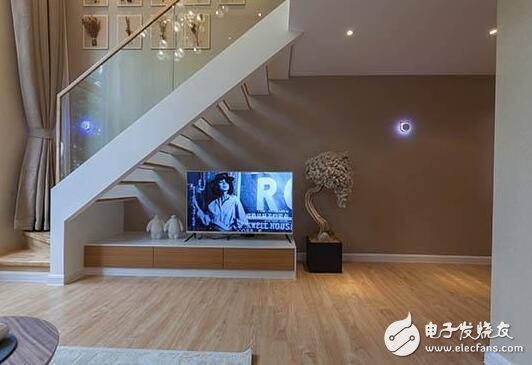
According to the "2015-2020 China Smart Home Equipment Industry Development Prospects and Investment Opportunity Analysis Report", since 2006, the number of professional applications in China's smart home industry has shown a rapid growth trend. The number of patent applications in 2012, 2013 and 2014 was 490, 607 and 751, respectively. The rapid growth of the number of patents has laid a solid foundation for the industry to enter a rapid and sustainable development stage, and the development of technology will be more mature.
The macroeconomic cycle has a direct correlation with the real estate industry investment, and the construction of residential real estate provides a market carrier for smart home equipment. With the continuous improvement of the intelligent penetration rate of public buildings and residential real estate, residential real estate Construction and sales will affect the sales of smart home equipment to a certain extent, and the periodicity of the smart home equipment industry will become more apparent in the future.
As the awareness of using the Internet continues to increase, more and more products are connected to the Internet, and smart homes such as smart cabinets will shift from product-centric to service-centric profit model. With the completion of the intelligent network transformation, the traditional single-point projects are becoming less and less, and the demands of customer networking are increasing. For home appliances such as smart cabinets, networking means that you can rely on the network to create markets, stabilize channels, and create value. More importantly, networking transforms traditional passive services into active services, and relies on technical means to diagnose the running status of networked devices, take over maintenance through the network, and complete upgrades.
In the next few years, smart home as a new blue ocean project, the market prospects are very good. In addition, the domestic smart industry cabinets and other home industries have not yet seen a real leading brand, the market concentration is low, new entrants or small and medium-sized smart cabinets and other home equipment companies still have great opportunities for development, smart cabinet companies to enhance their competitiveness and establish Brands, or will become the leader in the home smart device industry.
So in general, smart home is a big cake, the trend of smart home is getting better and better, and the development of Xiaomi smart home will be prosperous.
Absolute rotary Encoder measure actual position by generating unique digital codes or bits (instead of pulses) that represent the encoder`s actual position. Single turn absolute encoders output codes that are repeated every full revolution and do not output data to indicate how many revolutions have been made. Multi-turn absolute encoders output a unique code for each shaft position through every rotation, up to 4096 revolutions. Unlike incremental encoders, absolute encoders will retain correct position even if power fails without homing at startup.
Absolute Encoder,Through Hollow Encoder,Absolute Encoder 13 Bit,14 Bit Optical Rotary Encoder
Jilin Lander Intelligent Technology Co., Ltd , https://www.jilinlandertech.com
